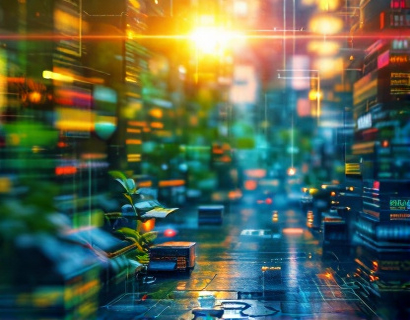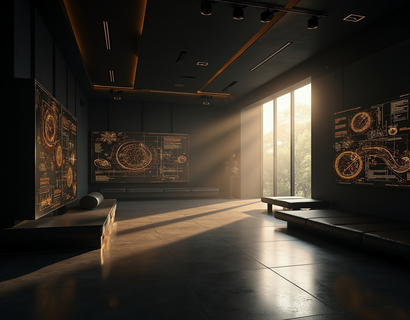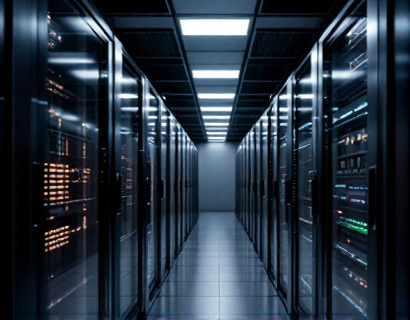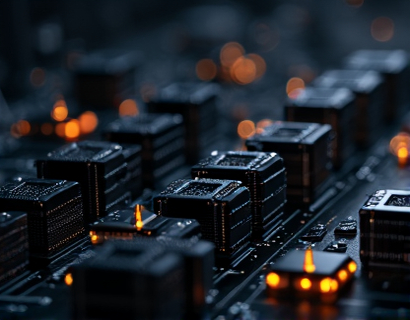Maximize Your Indoor Garden: Cutting-Edge Tech for Optimal Solarium Ecosystems
In the realm of indoor gardening, the integration of cutting-edge technology has revolutionized the way enthusiasts cultivate plants within the confines of their homes or dedicated spaces. The modern solarium, once a simple room filled with plants, has evolved into a sophisticated ecosystem where light, climate, and automation converge to create an optimal environment for plant growth. This article delves into the advanced technologies that can transform your indoor garden, ensuring not only optimal growth but also sustainability and efficiency.
Understanding the Basics of Indoor Gardening Technology
To maximize the potential of your indoor garden, it's essential to understand the core components of a high-tech solarium setup. These systems typically include advanced lighting solutions, climate control mechanisms, and automation technologies. Each element plays a crucial role in creating a balanced and nurturing environment for your plants.
Advanced Lighting Solutions
Light is one of the most critical factors in plant growth, and indoor gardens often rely on artificial lighting to supplement or replace natural sunlight. LED grow lights have become the gold standard due to their energy efficiency, longevity, and ability to emit specific spectra of light that are most beneficial for different stages of plant development. Full-spectrum LED lights mimic the sun's light, promoting healthy growth, while blue and red spectrums can be adjusted to enhance vegetative or flowering stages.
Another innovative lighting technology is the use of smart LED panels that can be controlled via smartphone apps or smart home systems. These panels allow for precise adjustments in light intensity, duration, and spectrum, ensuring that your plants receive the exact lighting conditions they need, regardless of the time of day or season.
Climate Control Systems
Maintaining the right temperature and humidity levels is vital for the health and growth of indoor plants. Advanced climate control systems use a combination of sensors, actuators, and intelligent algorithms to monitor and adjust environmental conditions in real-time. These systems can control heating, ventilation, and air conditioning (HVAC) units, as well as humidifiers and dehumidifiers, to create a stable and optimal environment.
One of the key components of a climate control system is the use of thermostats and hygrometers that provide accurate and continuous monitoring of temperature and humidity. These devices can be integrated into a central control unit that automatically makes adjustments as needed, ensuring that your plants always have the best possible conditions.
Automation and Smart Control Systems
Automation is the backbone of a modern indoor garden, allowing for seamless integration and control of all systems. Smart control systems can automate watering, nutrient delivery, and even pruning, reducing the need for manual intervention and ensuring consistent care for your plants. These systems can be programmed to follow specific schedules or respond to real-time data from sensors, providing a level of precision and efficiency that is unmatched by traditional methods.
Central hub devices, such as smart garden controllers, serve as the brain of the operation. These devices can connect to various sensors and actuators, allowing for comprehensive monitoring and control. Many of these controllers offer user-friendly interfaces and can be integrated with popular smart home platforms, making it easy to manage your indoor garden from anywhere.
Customizable Setups for Unique Needs
Every indoor garden is unique, with different plants having specific requirements for light, temperature, and humidity. Advanced technology allows for the creation of customizable setups that cater to these individual needs. By understanding the specific requirements of your plants, you can design a solarium ecosystem that provides the perfect conditions for each species.
For example, some plants thrive in high humidity and require consistent moisture, while others prefer drier conditions. Climate control systems can be tailored to meet these varying needs, ensuring that each plant receives the optimal environment. Similarly, lighting systems can be adjusted to provide the right spectrum and intensity for different plant stages, from seedling to maturity.
Modular and Scalable Solutions
Modularity is another key aspect of modern indoor gardening technology. Modular systems allow you to start small and scale up as your garden grows, without the need for a complete overhaul. This flexibility is particularly beneficial for those who are new to indoor gardening or who want to experiment with different setups.
Modular lighting panels, for instance, can be easily added or rearranged to cover larger areas or to provide targeted lighting for specific plants. Similarly, climate control modules can be expanded to cover more space or to include additional features like CO2 enrichment, which can significantly boost plant growth.
Sustainability and Energy Efficiency
One of the most significant advantages of using advanced technology in indoor gardening is the potential for increased sustainability and energy efficiency. By optimizing light usage, climate control, and resource management, these systems can reduce energy consumption and minimize waste.
Energy-efficient LED lights consume significantly less power than traditional grow lights and have a longer lifespan, reducing the need for frequent replacements. Climate control systems can also be designed to be energy-efficient, using variable speed fans and pumps that adjust based on real-time conditions, rather than running at full capacity all the time.
Additionally, many modern systems incorporate renewable energy sources, such as solar panels, to further reduce the environmental impact. By harnessing solar power, you can operate your indoor garden with minimal reliance on the grid, making it a more sustainable and eco-friendly option.
Enhancing Plant Health and Yield
The combination of advanced lighting, climate control, and automation not only creates a comfortable environment for your plants but also directly contributes to their health and productivity. By providing precise and consistent conditions, these technologies help prevent stress and disease, leading to stronger, healthier plants.
For example, precise lighting schedules can simulate natural day and night cycles, promoting better sleep and growth patterns. Climate control ensures that temperature and humidity levels are always within the optimal range, reducing the risk of stress-related issues. Automation can also help in early detection of problems, such as nutrient deficiencies or pest infestations, allowing for prompt intervention.
Data-Driven Insights
Modern indoor gardening technology often includes data logging and analysis features, providing valuable insights into your garden's performance. By monitoring and recording data on light exposure, temperature, humidity, and other factors, you can identify trends and make informed decisions to optimize your setup.
Some advanced systems offer AI-driven analytics that can predict plant needs and suggest adjustments before issues arise. This data-driven approach not only enhances plant health but also improves overall efficiency, making your indoor garden more productive and sustainable.
Conclusion
The integration of cutting-edge technology in indoor gardening has opened up new possibilities for enthusiasts and professionals alike. By leveraging advanced lighting, climate control, and automation, you can create a thriving solarium ecosystem that maximizes plant growth and sustainability. Whether you're a seasoned gardener or just starting, embracing these technologies can transform your indoor garden into a futuristic oasis, where nature and innovation coexist harmoniously.










































